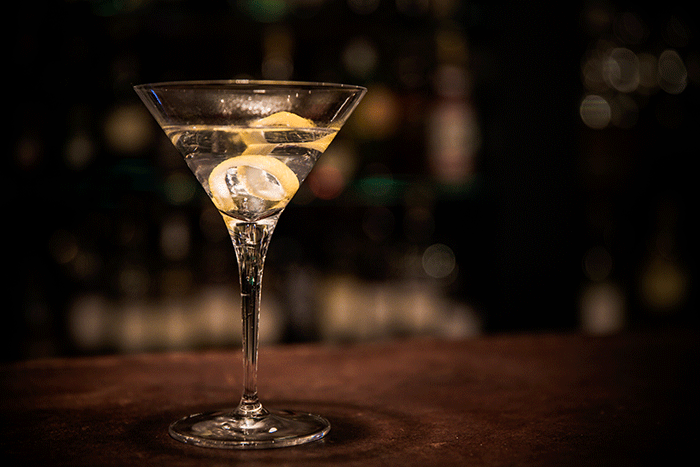The art and craft of the bartender
Author: Ronnie Cox
London’s Shoreditch has become a Mecca for cocktail “Specialists”, cocktail “Creators”, “Mixologists”, and a plethora of other names which describe what is now not only an art but also a bone fide and admirable profession.
On the other hand, the terms “barman” and “bar-keeper” seem to have taken on the image of antiquity. It’s a question of what you want: I prefer the barman for certain occasions and the mixologist for others. The former serve those drinks requested with due diligence and aplomb; the latter require your attention to demonstrate their art. In between are the “molecular” people – the alchemists of the trade. What is increasingly true with all top bars is freedom of expression. The image of the bar is usually made by its bartenders and their reputation.
London and New York have become the cocktail capitals of the world. I like to think London has the edge, if only for historical reasons.
The origins of the cocktail
According to the fascinating cocktail historians Jared Brown and Anastasia Miller, the first documented mention of the word “Cock-tail” comes from the accounts of the erstwhile pub called the Axe and Gate, located at the end of Downing Street, in 1798 – exactly 100 years after our doors opened at No.3 St James’s. There, the fortunate bar keeper won £20,000 in the Lottery and forgave his customers their drink debts – including William Pitt the Younger whose “score” was recorded (in French) as two small glasses of l’huile de Venus, two of parfait amour and two of cock-tail (vulgarly called ginger).
Would-be top bartenders now flock to London and New York to learn their trade from the experts; it is a growing trend that the very best of international cocktail bars from Sydney to South America are manned by the beneficiaries of education in the most avant-garde of London and New York bars. The guys are celebrities, commanding excellent packages – and rightly so.
Gone are the days when a student could man a decent bar and get away with it. To service a cocktail bar today you need an encyclopaedic knowledge of cocktails – even chemistry – and to be widely read in the profession (probably scouring the half-dozen-or-so UK magazines relating specifically to cocktails).
The enduring appeal of the classics
I think that the main reason for the emergence of species and sub-species of the genus Bar Tender arises from the varying requirements of the customer. There are times where the classic serves – such as the No.3 Martini in Dukes – simply cannot be beaten. It’s the theatre of the bar: audience and actor interact forming a very substantial part of the experience. Here the inimitable Alessandro Palazzi performs his magic.
Being one of Ian Fleming’s favourite bars, Dukes’ cocktail list is full of the names of characters from the novels. For those who frequent this hidden-away, hugely civilised and popular after-work (well, post 4pm) hotel bar, calling for their favourite cocktail appears to be done in code. “How’s the Tiger” is a cue to the trolley being wheeled into operation and a slug of the King’s Ginger enhancing the other delicious flavours in the glass (Tiger Tanaka being the Japanese Secret Service agent). Said in a louder than normal, authoritative tone, it never fails to alert unsuspecting overseas English-speaking visitors to the thought that (just maybe), in old eccentric England, there might be a tiger in the bar. Adding to the concern is the usual cryptic answer from the white-jacketed barmen: “the ‘white one’ is roaming around, but the old one is having a bad day and too aggressive to be let off his chain”.
On the other side we have the mixologist, whose appeal is either in the theatre of making his classic cocktail “with a twist” (distilled Thames mud was one I encountered a couple of years ago) or in inventing his own. After five-or-so minutes of watching, are you really going to tell this genius that you don’t like his creation? I love these guys: they represent the intersection of art and fun. The best are hugely knowledgeable, often possess extraordinary memories and know how to appeal to an audience.
Great taste and quality are themes so often abused, but, looking back over 30 years, those bars whose “actors” – under whatever guise or name they prefer to operate – who keep both taste and quality central to their art – are the ones who succeed. I know it’s hard, but try not to judge the reverse-baseball-capped mixologist or the white-jacketed, black-tied bar manager by their appearance but instead by their thought, treatment and results. And, of course, go where you feel comfortable.



